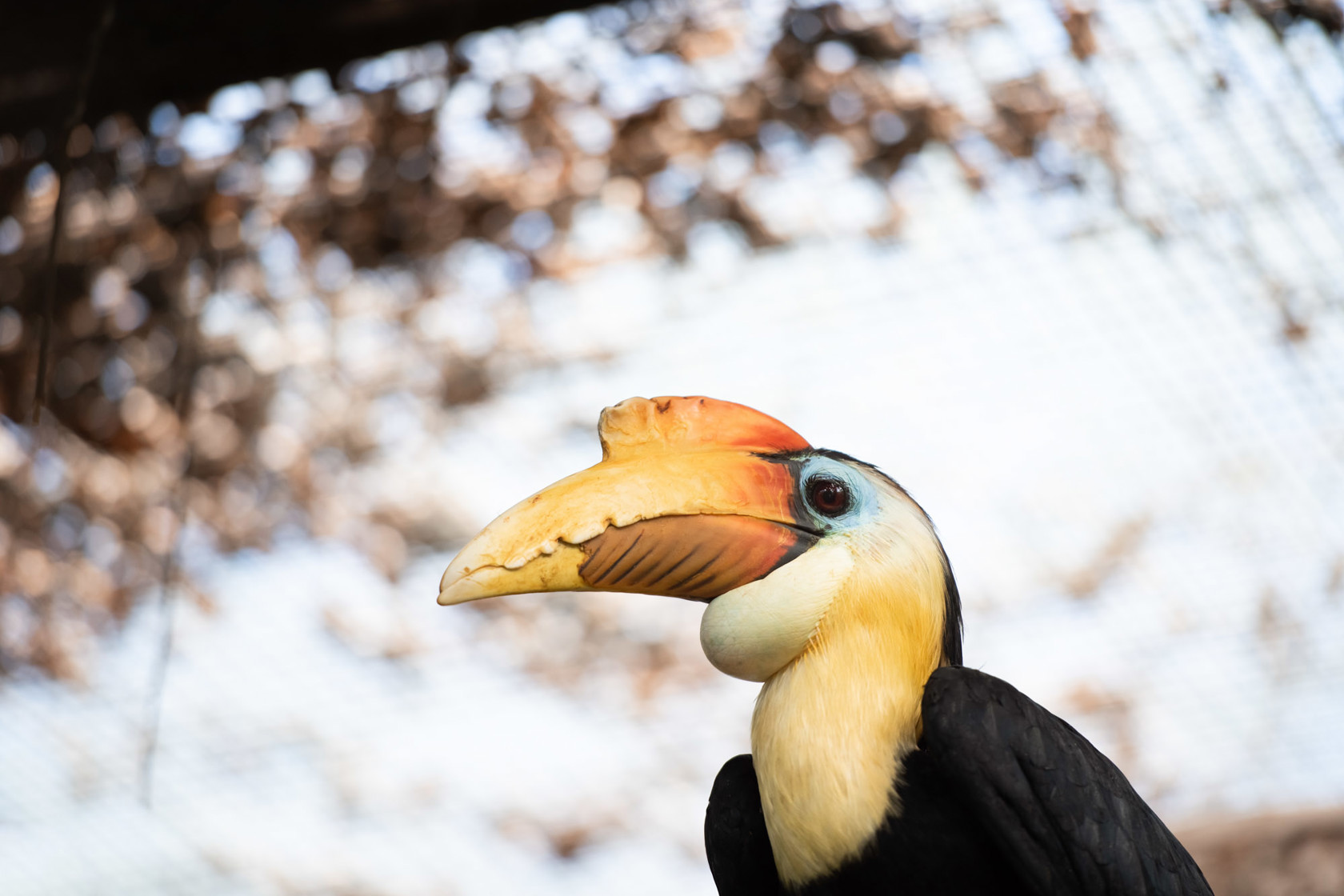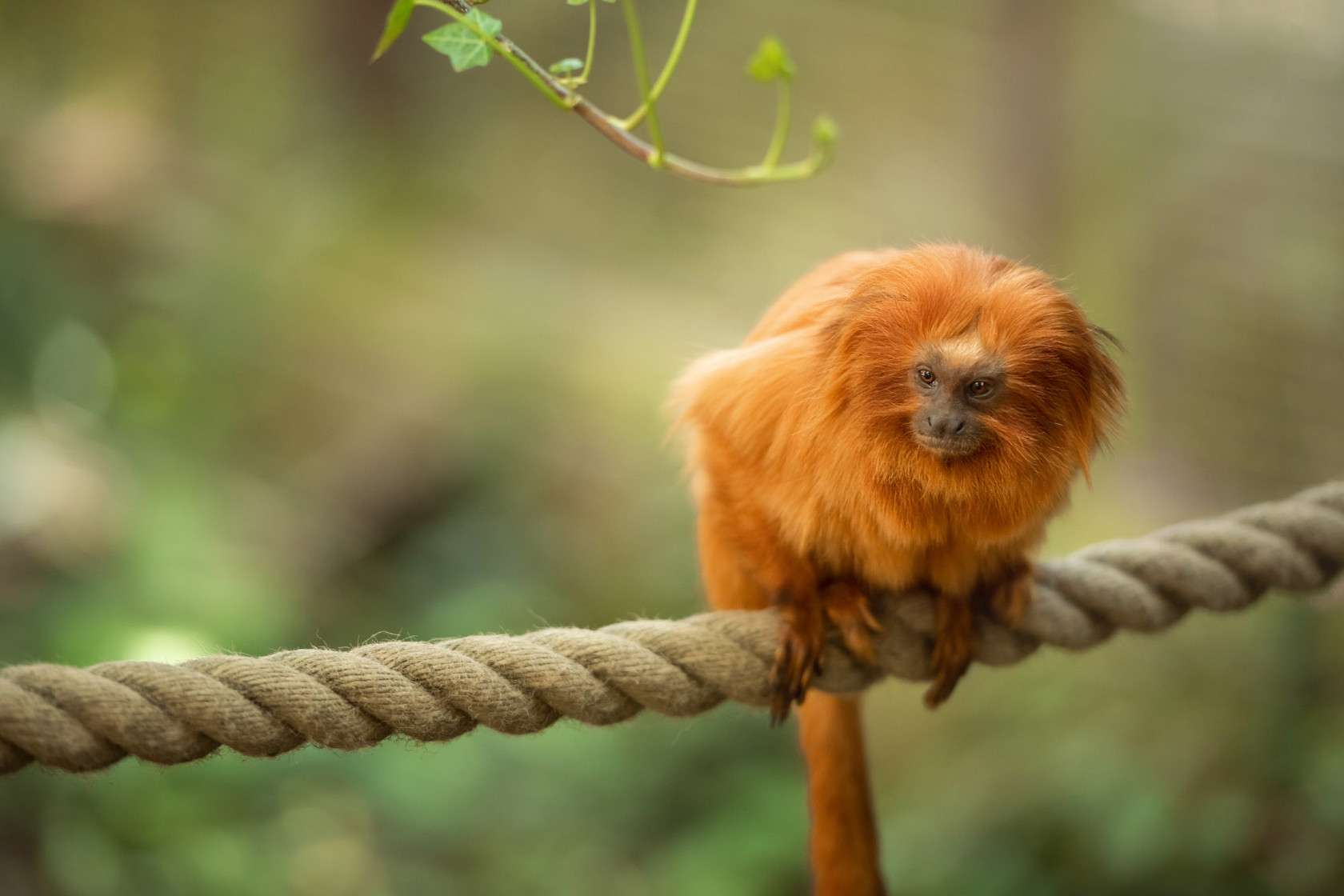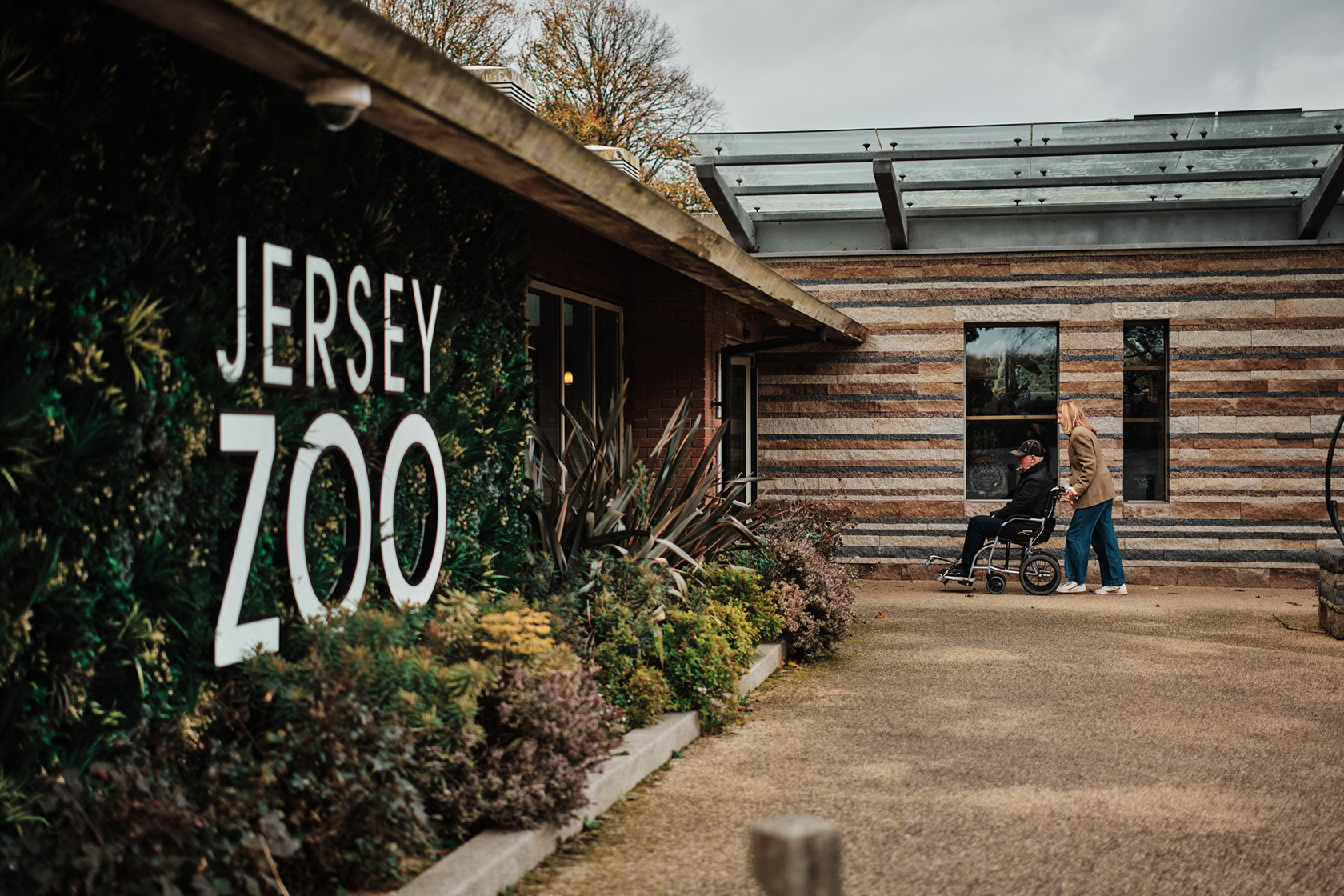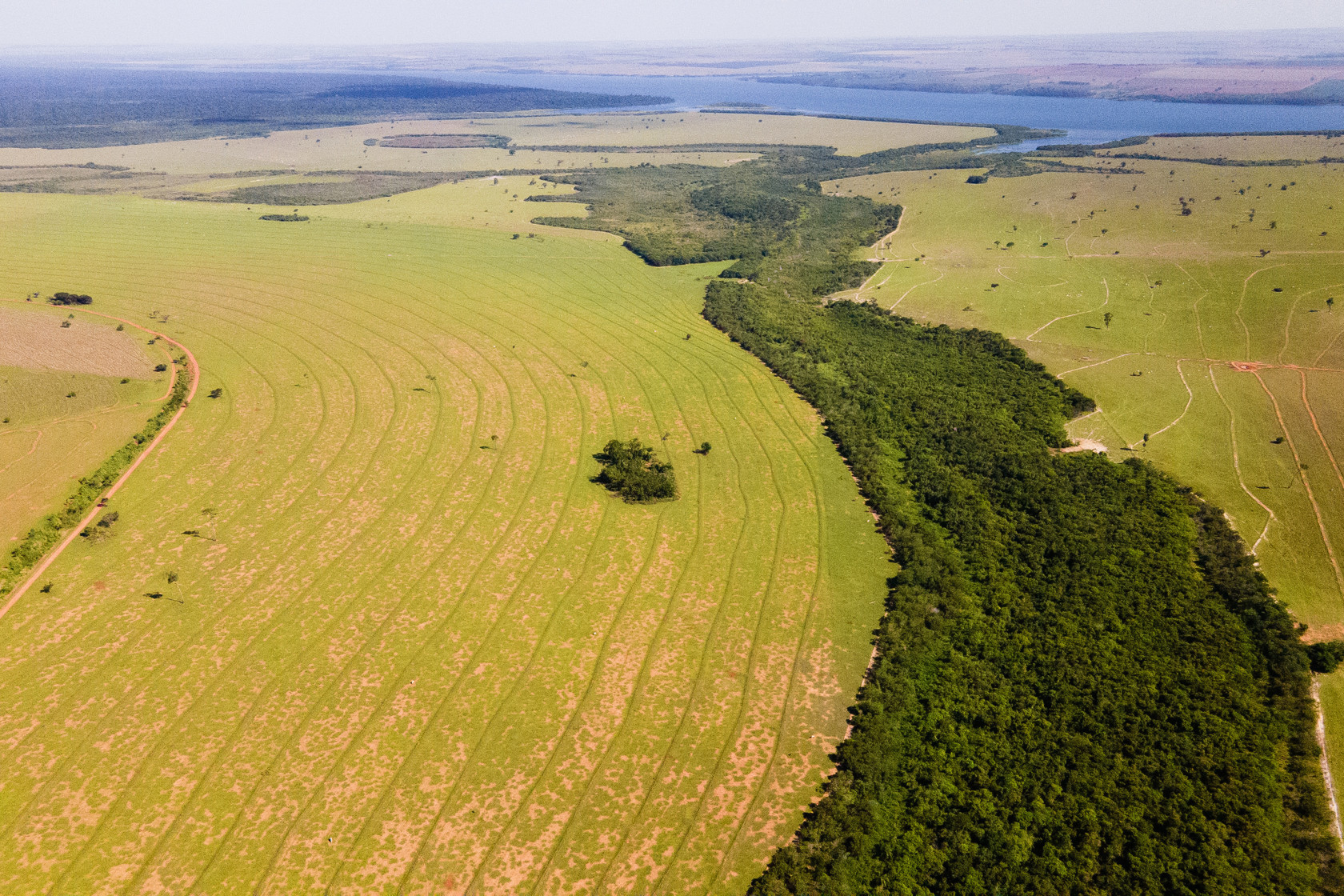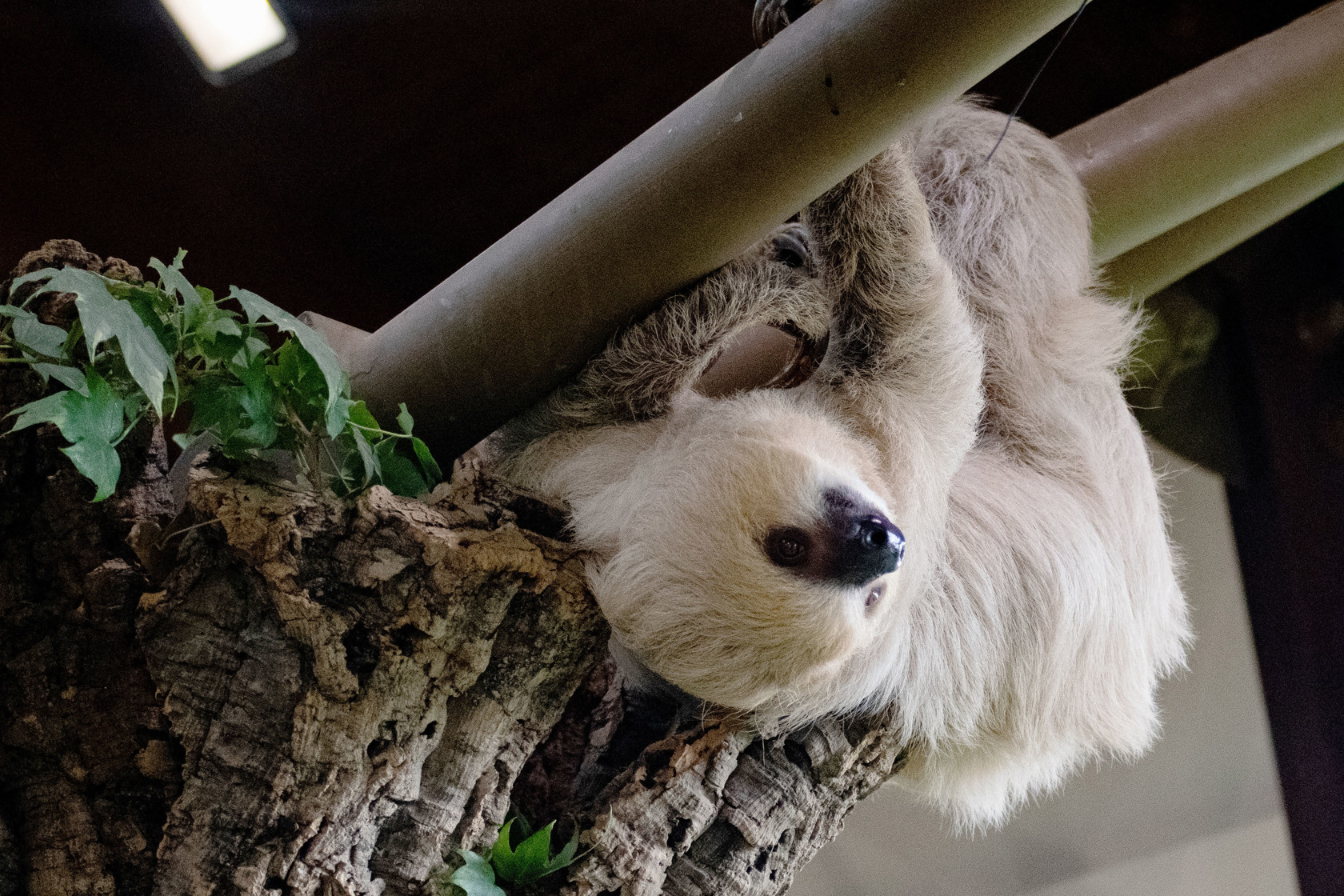Durrell Diaries: Keeping everything running smoothly in the Reptile House
Herpetology keeper Matthew Cassidy offers a glimpse into his daily routine at Jersey Zoo.
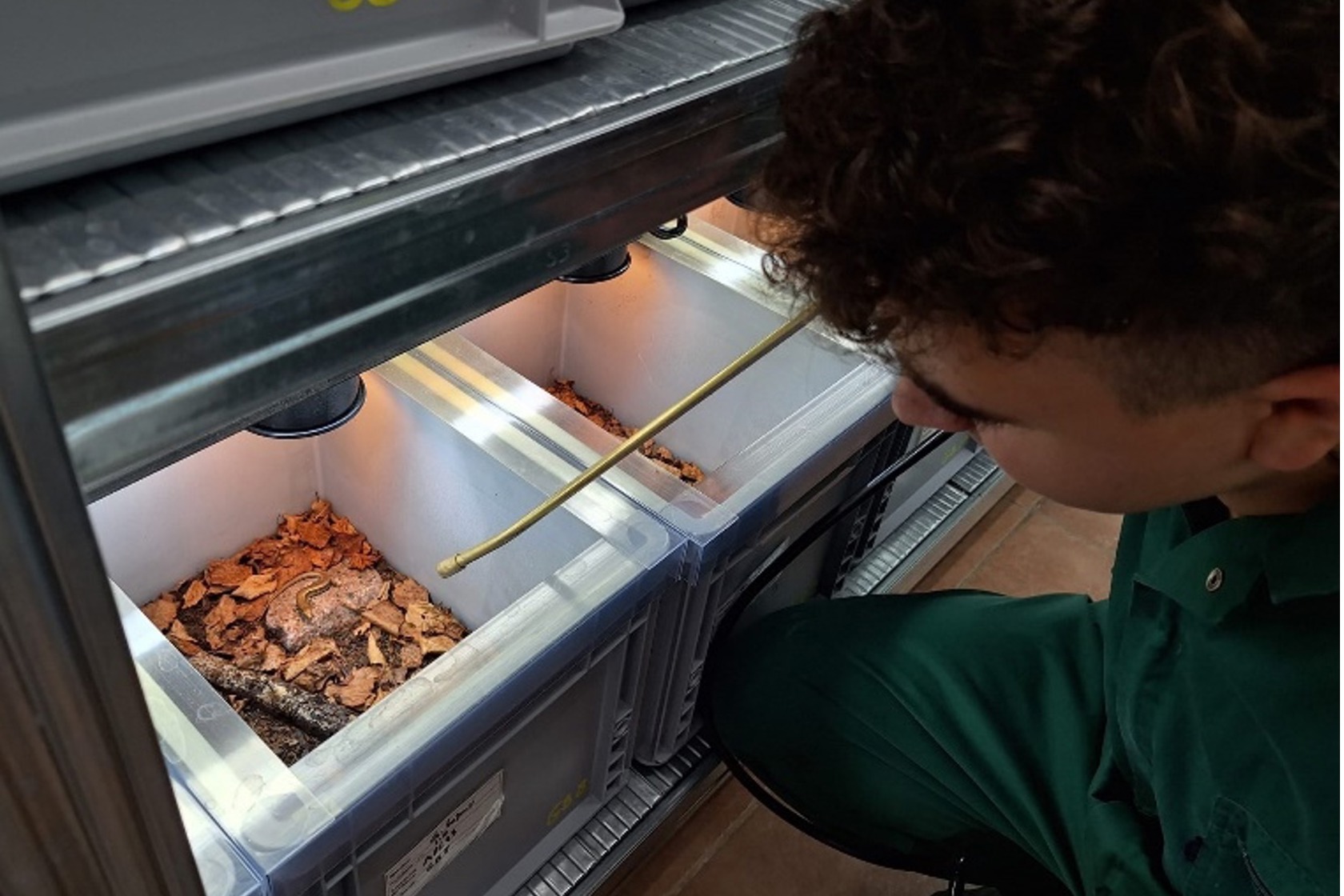
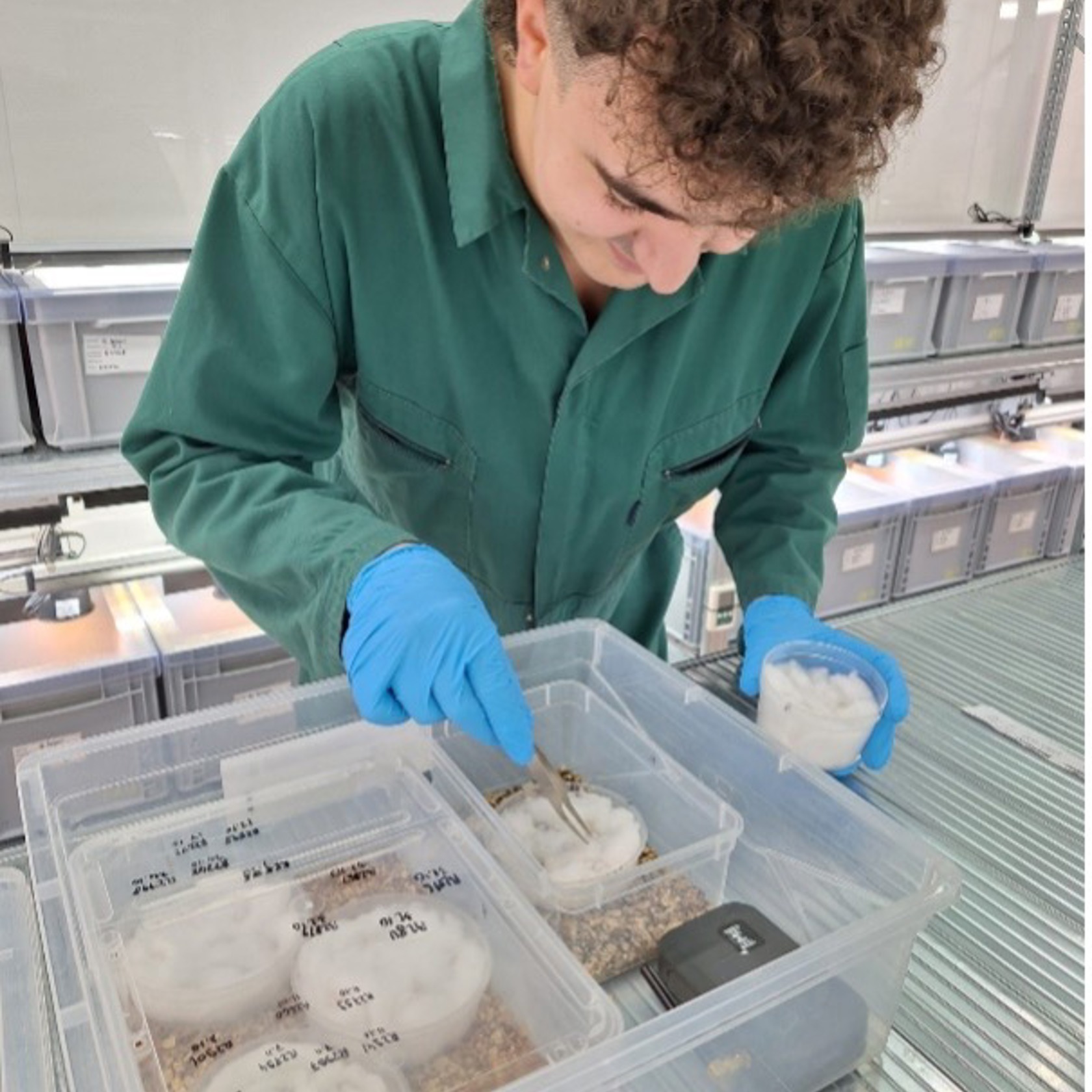
I officially started working at Durrell in April 2022, in the Herpetology & Invertebrates department, but was lucky enough to be at Jersey Zoo before that, as part of their internship programme.
In my role as a Herpetology Keeper, I am responsible for carrying out the daily husbandry of the animals housed in the main reptile house, where I work alongside the other team in my department, the Chelonia (tortoise and turtles) and Invertebrate team. On top of feeding the animals and keeping their enclosures clean, a large part of my day is spent maintaining the perfect environment for our animals, which is done through humidity and temperature management. We recreate the dry and wet season for the animals which promotes breeding and gives them a realistic environment based on what they would experience in the wild.
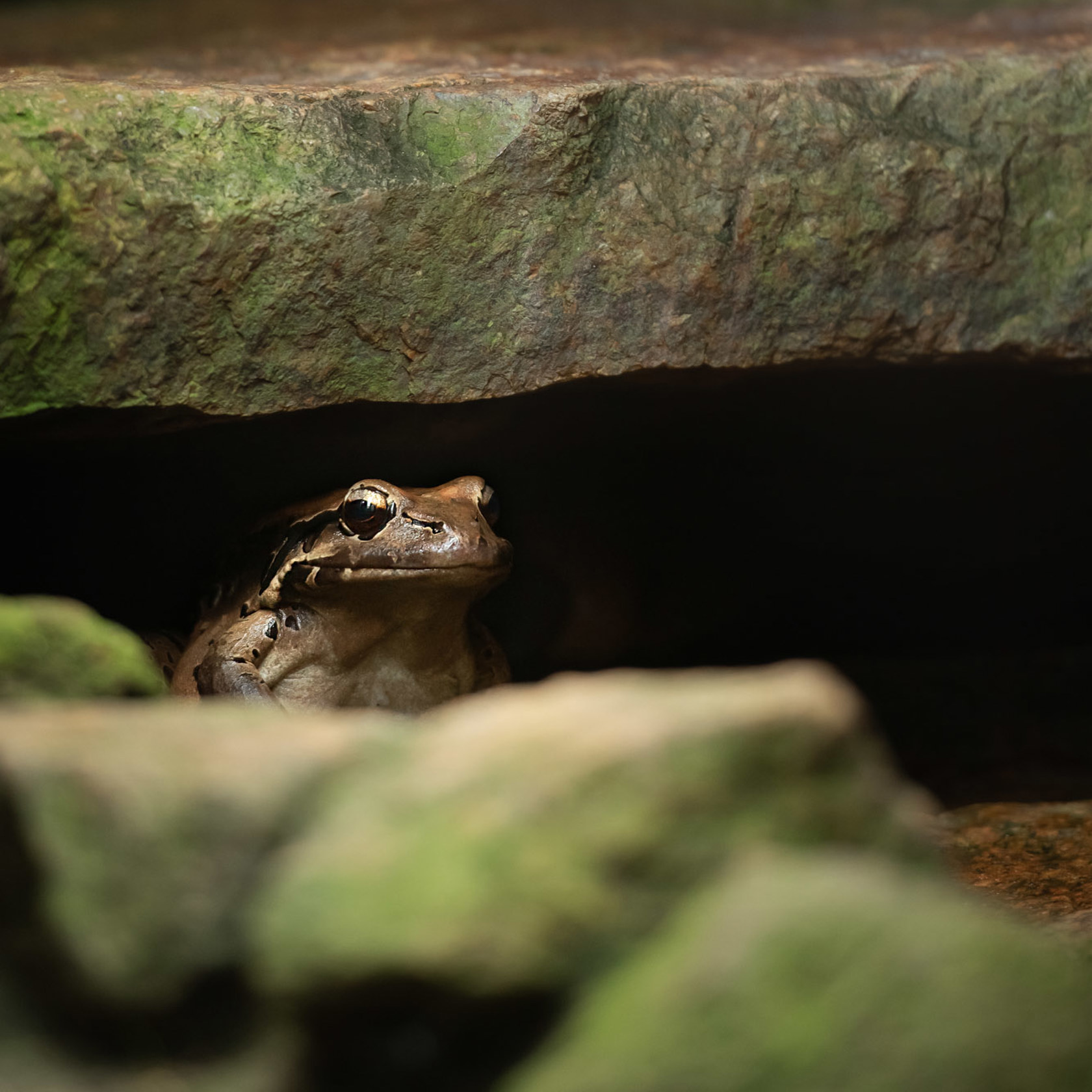
I typically start work at 8am when I collect some live food, which is bred, and cared for by our hard-working Chelonia and Invertebrates team to feed to our insectivorous species. The start of my day today was spent working in our Mauritius oil spill recovery room, which is a bio-secure area, meaning it is isolated from the rest of the animal collection, preventing potential disease or parasite contamination. This is vital as the animals in this room are being captive bred with the intention of releasing them back into the wild. For this reason, they are looked after first, before working with other animals, again to reduce the risk of potential contamination. The species in this room are the lesser night gecko (Nactus coindemirensis) and Bojer’s skink (Gongylomorphus bojerii). Today was a special day as a baby lesser night gecko was hatched. I measured and weighed the little guy (it weighed only 0.15g) and set him up in his own enclosure.
Next, I headed to another bio-secure room for our mountain chicken frogs (Leptodactylus fallax) from Montserrat. You can see some of these guys when visiting the zoo; we have two populations on show and one additional bio-secure population off display. Their care involves cleaning their water bowl, watering the plants and enclosure substrate, as well as keeping an eye on the condition of their clay-lined nest boxes, which is vital for this foam-nesting species. The mountain chickens are one of my favourite species to work with as they are very unique; they protect their nest and feed their tadpoles with unfertilised eggs!
After finishing this routine, I have a quick break and catch up with my team, before heading back to work. The rest of the morning is spent working with more of our off-show collection. The main visitor area of the reptile house only gives you a snippet of the amount of work we do daily. For our new reptile house the plan is to be able to show off more of the exciting conservation breeding work we currently do behind the scenes.
After lunch I whip up some fresh substrate for our Madagascan flat-tailed tortoises. These guys are currently going into aestivation for the winter. In the wild during the cool and dry season, they’ll bury themselves shallowly underground and wait out the harsh Madagascan conditions. Then when wet season begins, the rain wakes them up and they emerge ready to eat all the plants and fungi growing in the better conditions. Today I also weighed our four Madagascan tree boas (Sanzinia madagascarensis). We weigh lots of our animals monthly as this helps us monitor their health, and make sure they are getting everything they need. This involves carefully “hooking” the snakes and temporarily removing them from their enclosures, one at a time, using snake handling equipment which allows stress-free movement without having to catch or restrain the animals. My last task is then to close down the department for the day. This involves giving some of the enclosures their last spray of the day, removing old food, getting things prepped for tomorrow and most importantly locking everything up and turning off the lights. It’s also a good time to have a final check on the animals and make sure everyone’s all right.

